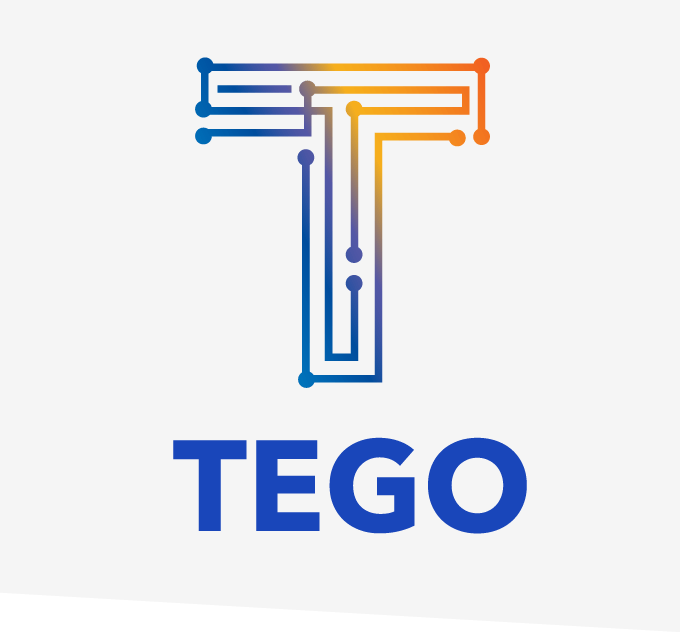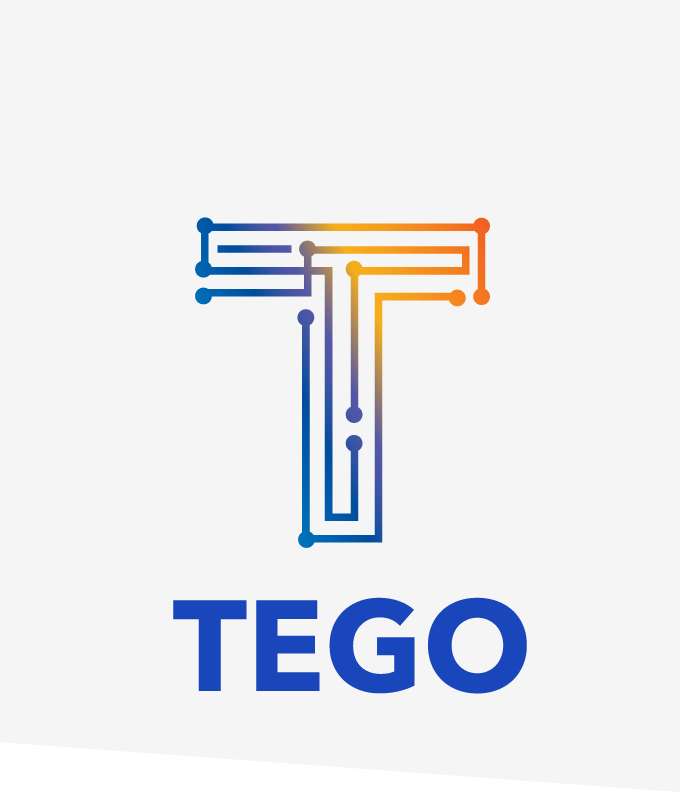Tego provides a data connectivity platform for reaching the 90% of Things unreachable by current IoT platforms
Tego’s solutions enable data on physical assets for the aerospace, life science and energy industry. Use cases include digital MRO, pedigree for the pharmaceutical industry and asset integrity management (anti-counterfeit control).


 What exactly is the 10/90 rule as it applies to the Internet of Things (IoT)? According to Dr. Mazlan Abbas at the
What exactly is the 10/90 rule as it applies to the Internet of Things (IoT)? According to Dr. Mazlan Abbas at the 
